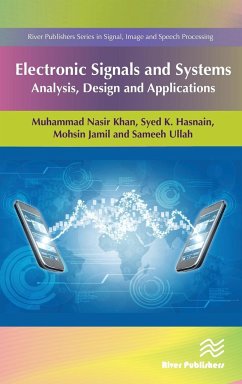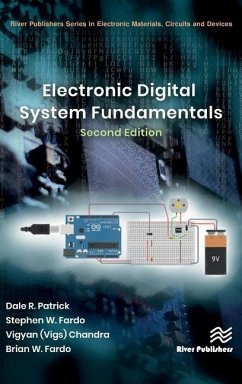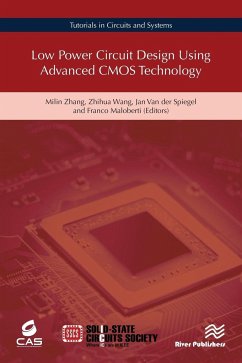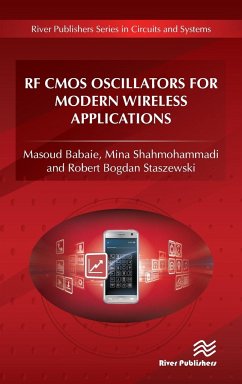The subject of Signals and Systems is enormously complex, involving many concepts such as signals, mathematics and filter design that are woven together in an intricate manner. To cope with this scope and complexity, many Signals and Systems texts are often organized around the "numerical examples" of a system. With such organization, students can see through the complexity of Signals and Systems, they can learn about the distinct concepts and protocols in one part of the communication system while seeing the big picture of how all parts fit together. From a pedagogical perspective, our personal experience has been that such approach indeed works well. Based on the Authors extensive experience of teaching and research, the book is written with such a reader in mind. The Book is intended for a course on signals & systems at the senior undergraduate level and above. The authors consider all the requirements and tools used in analysis and design of discrete time systems for filter design and signal processing. Key features of the International Edition:The extensive use of MATLAB based examples to illustrate how to solve the signals & systems problems. The textbook includes a wealth of problems with solutions. Worked-out examples have been included to explain new and difficult concepts and to expose the reader to real-life signal processing problems. The inclusion of FIR and IIR filter design further enriches the contents of the book.








